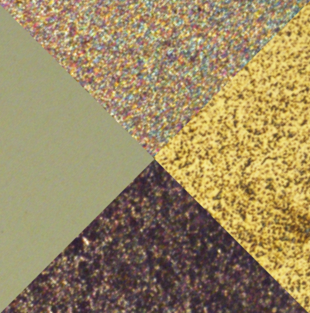
After a few years of break in neurotransmitter-related research, Emilia and Wojtek published an article1 regarding the simultaneous detection of neurotransmitters. They collaborated with dr Artur Małolepszy from Warsaw University of Technology, who provided most of the tested nanomaterials.
The vast majority of neurological issues are related to brain homeostasis perturbation. Although many scientists have put effort into measuring individual neurotransmitters over the last decades, one should instead think of them as a system of communicating vessels, and so, a single neurotransmitter may not give a complete answer about a sick individual’s health.
Our research aimed to develop a sensor that would simultaneously measure dopamine and serotonin, two common neurotransmitters, in an environment resembling their natural habitat. For this reason, we modified glassy carbon electrodes, a primary substrate used for this purpose, with different carbon nanomaterials dispersed within a silicate gel.
As it turned out, carbon black and graphene oxide, two of the six tested nanomaterials, significantly improved the response of electrodes toward the tested neurotransmitters. We proved that their simultaneous measurement was possible not only in an interferent-free buffer solution but also in a cell medium that closely resembles the physiological conditions, with an additional high dose of uric and ascorbic acids on top of that.
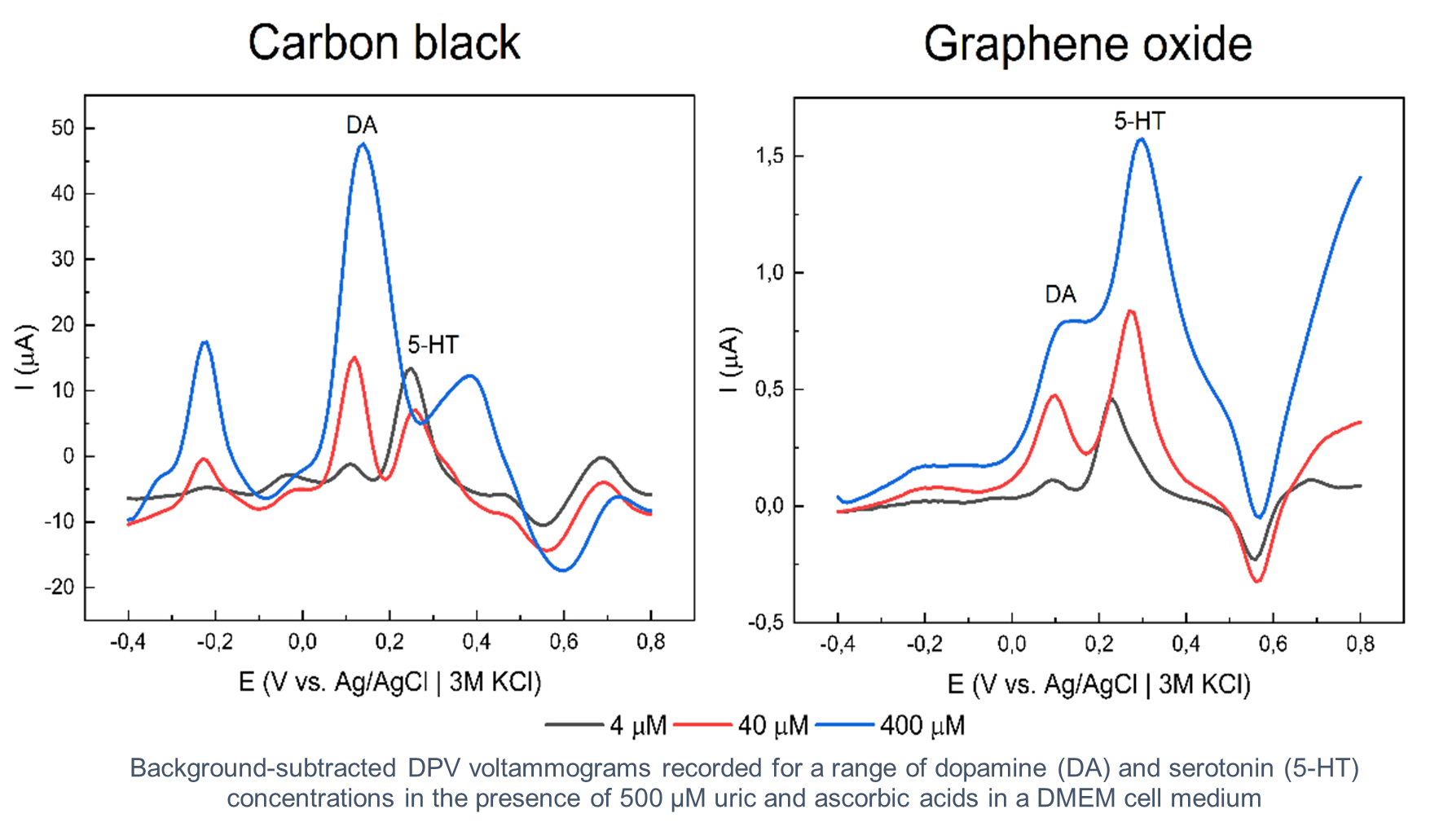
These findings opened doors to further research focused on the deposition of those nanomaterials on carbon-fiber microelectrodes that are commonly used for in vivo measurements of neurotransmitters. As such sensors would greatly contribute to the diagnosis and treatment of many neurological diseases and disorders, keep your fingers crossed
- W. Mazurkiewicz, A. Małolepszy, E. K. Witkowska Nery
Comparison of carbon nanomaterials for simultaneous detection of neurotransmitters in the presence of interfering species, ChemElectroChem (accepted). (link)

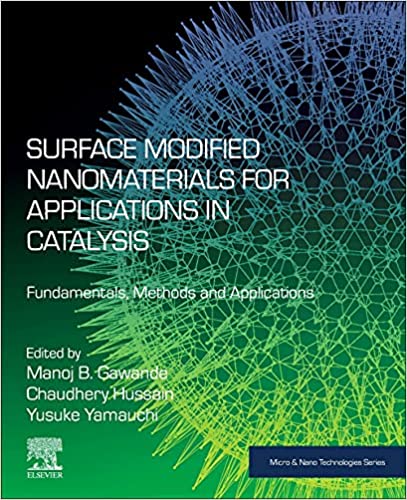
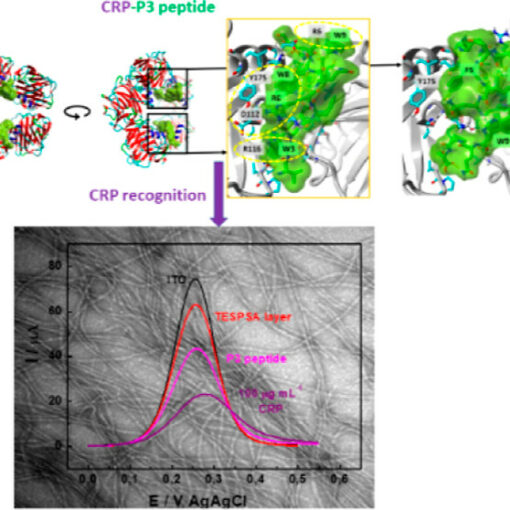
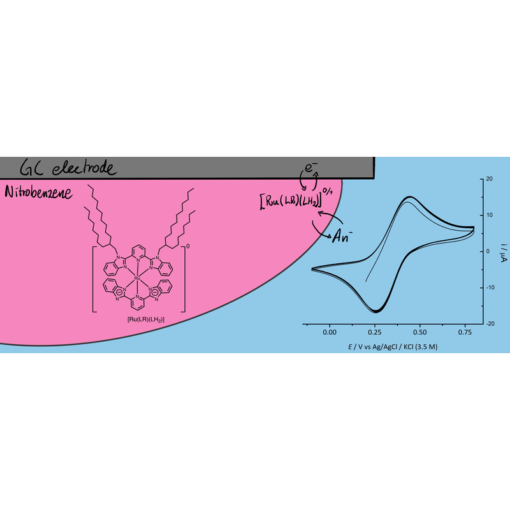
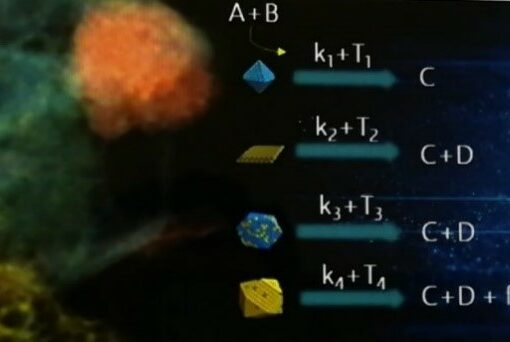
One thought on “Comparison of carbon nanomaterials for simultaneous detection of neurotransmitters in the presence of interfering species”